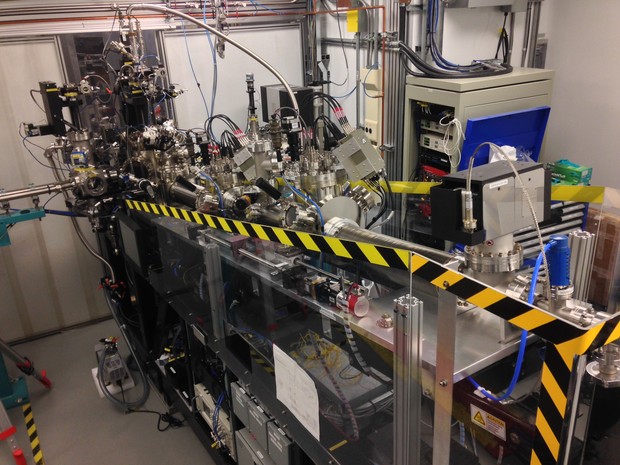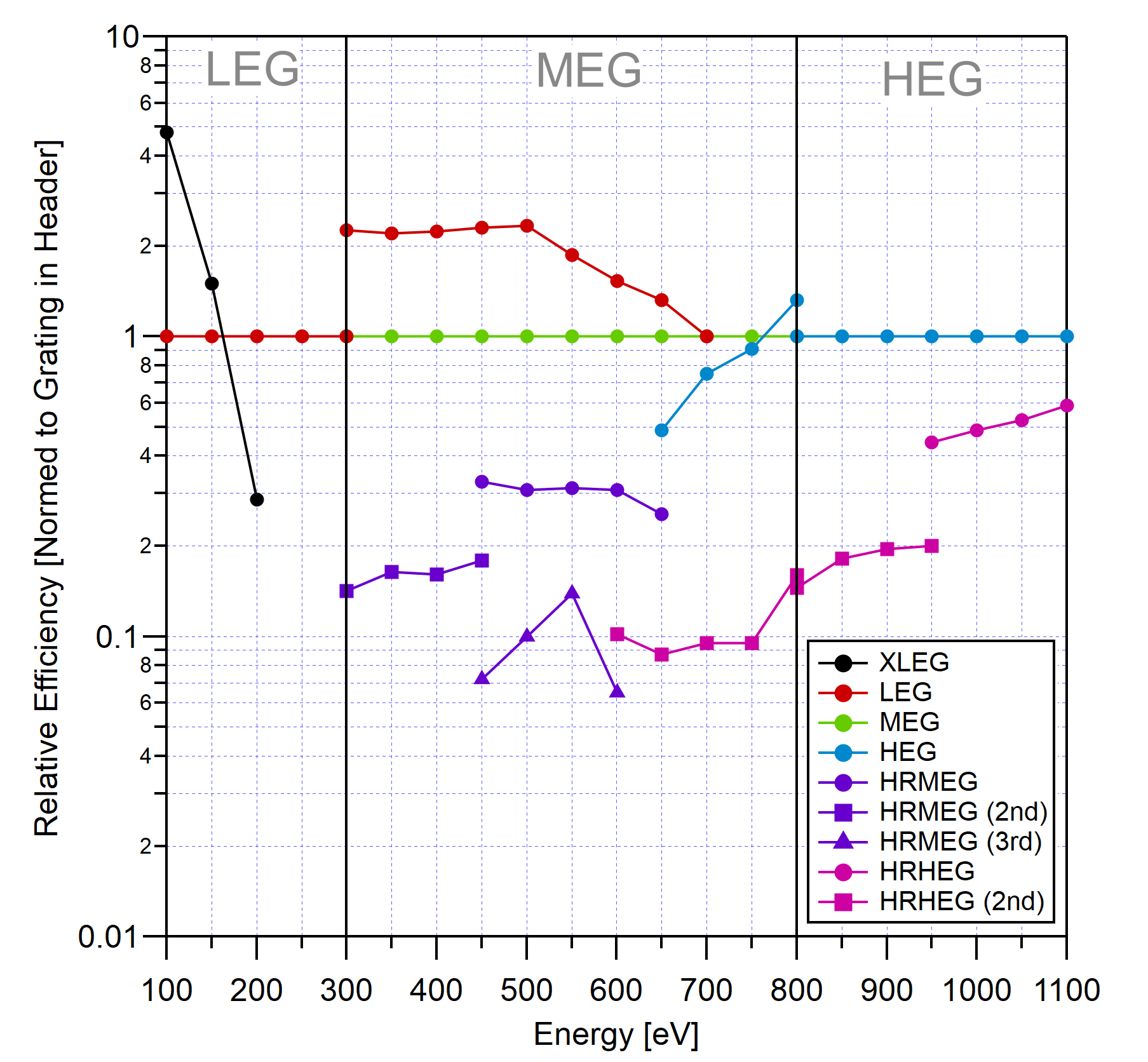
RIXS Endstation
The RIXS Endstation is Currently Operational
The RIXS endstation for X-ray Emission Spectroscopy (XES) and Resonant Inelastic X-ray Scattering (RIXS) is a synchrotron-based tool to study the electronic structure of new materials. It will allow access to new information on chemical state, electronic structure or best possible synthesis of the systems. This research will ultimately lead to novel devices like sensors with advanced and tailored optical, electronic, magnetic and catalytic properties.
The RIXS endstation was constructed by the Moewes group, U of S. At the core of the endstation is a large custom designed Rowland circle spectrometer. It will use 6 diffraction gratings to cover an energy range of 60 eV – 1000 eV with good efficiency and resolving powers (E/ΔE) in the range of 1,000 - 3,000. The spectrometer uses a high resolution microchannel plate detector, mounted inside a translating vacuum chamber.
Along with the spectrometer for soft X-ray emission spectroscopy (XES) and Resonant Inelastic X-ray Scattering (RIXS), the endstation also includes instrumentation for soft X-ray Absorption Spectroscopy (XAS) using Partial Fluorescence Yield (PFY) and Total Electron Yield (TEY). An optical spectrometer is also available.
RIXS Endstation Techniques
X-ray Emission Spectroscopy (XES) and Resonant Inelastic X-ray Scattering (RIXS):
Six commissioned gratings are currently available. The XLEG, LEG, MEG and HEG cover a range of 60 eV - 1000 eV. In additon, two other gratings, HRMEG and HRHEG, provide higher resolution for more specialized experiments. However, counting times are significantly increased for these gratings.
X-ray Absorption Spectroscopy (XAS/NEXAFS/XANES)
Total Electron Yield (TEY) and Partial Fluorescence Yield (PFY) are operational. An SDD is available for the energy range of 150 eV - 2500 eV. Additionally, the spectrometer is also available as detector capable of PFY, practically, from 100 - 800 eV.
Sample Environment
Sample cooling with liquid nitrogen is available, reaching 80K. Sample heating to ~375K is also available.
Sample plates that provide magnetic fields are also available, but are currently being commissioned. Please contact beamline if you are interested in either X-ray Magnetical Ciruclar Dischroism (XMLD) or X-ray Magentic Linear Dichroism (XMLD) measurements.


